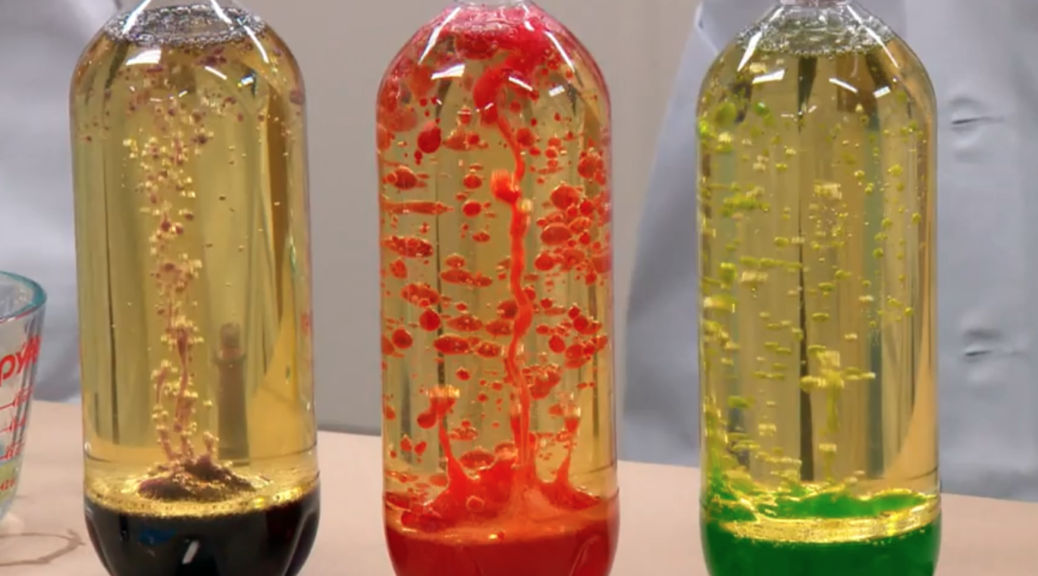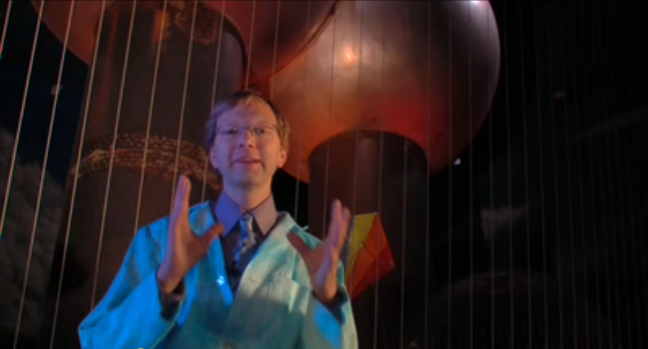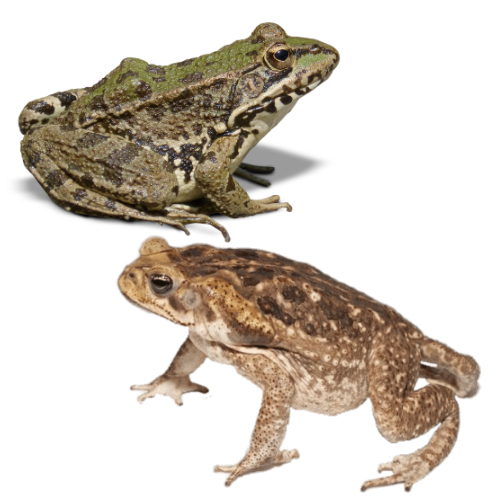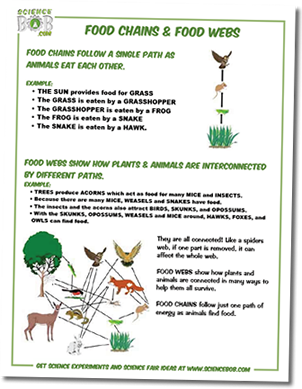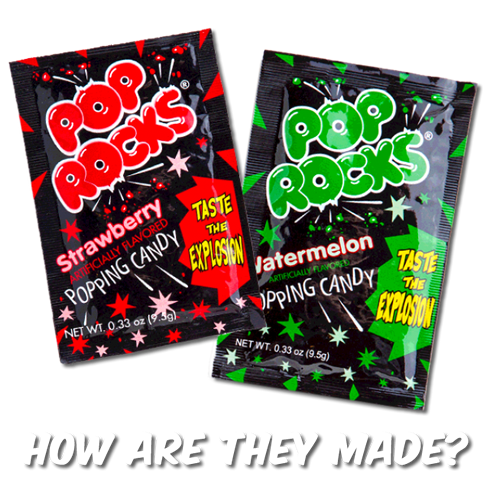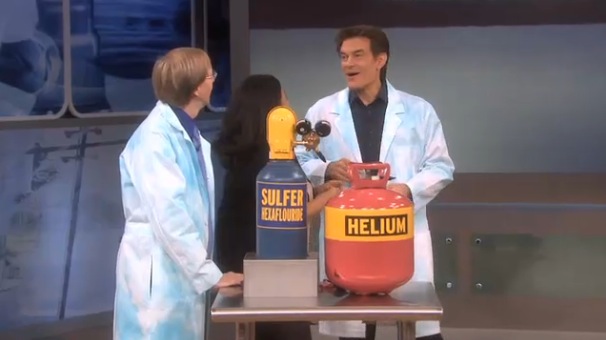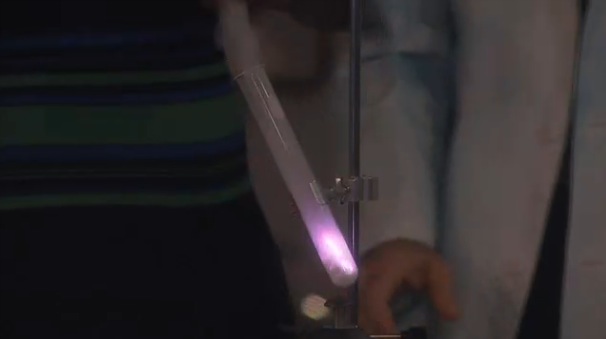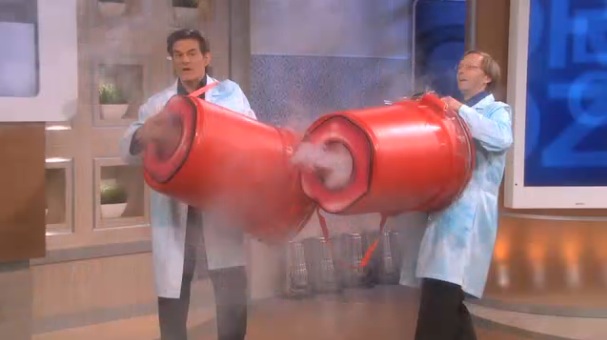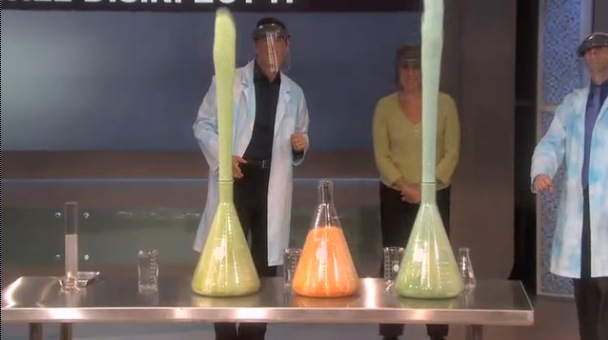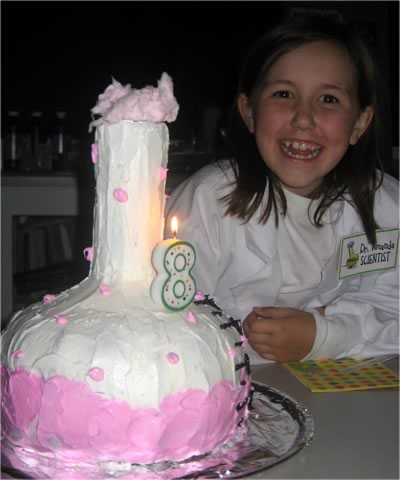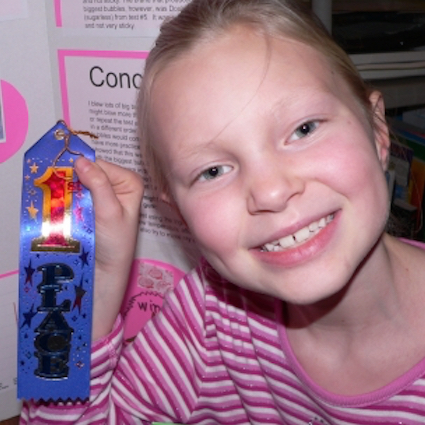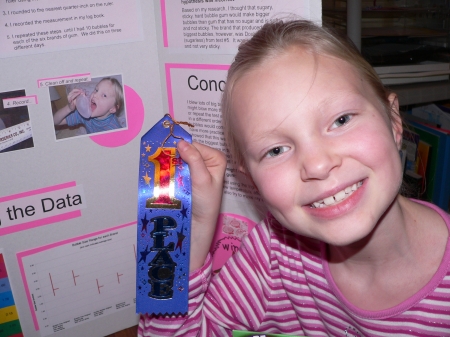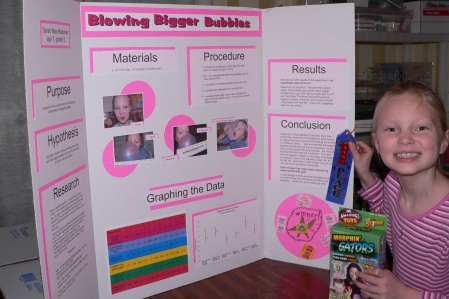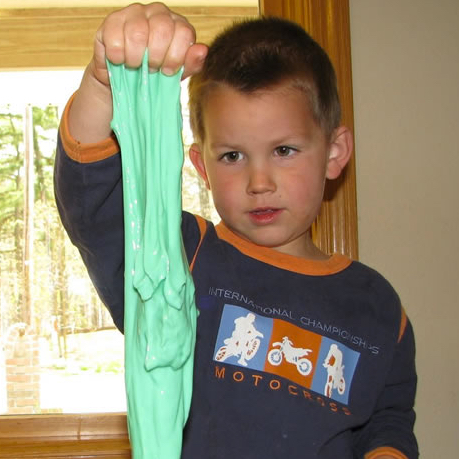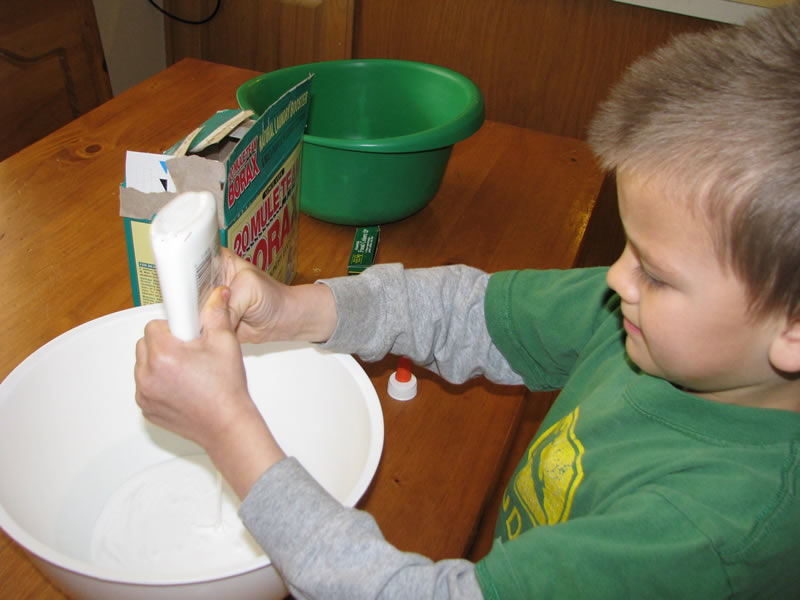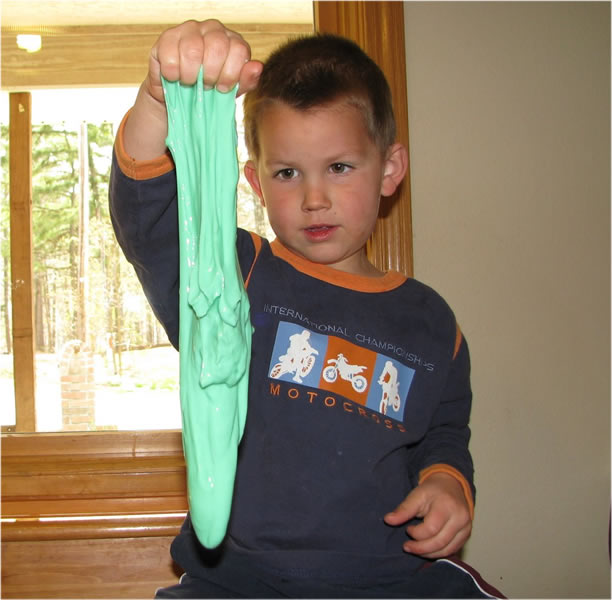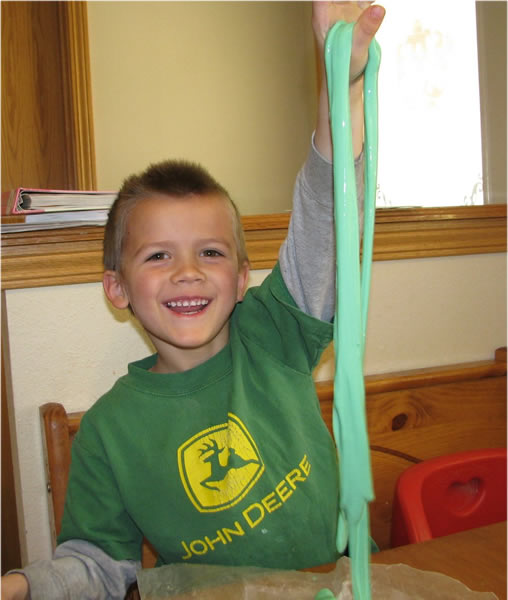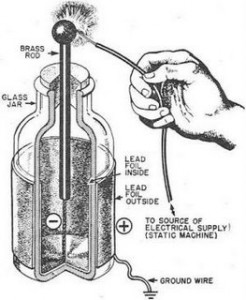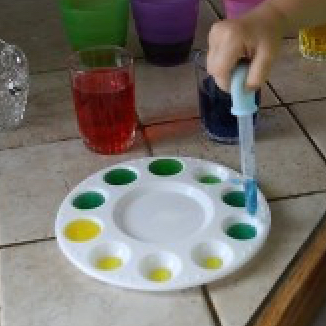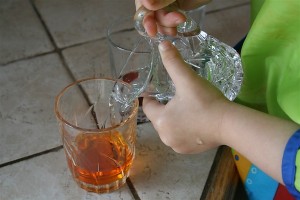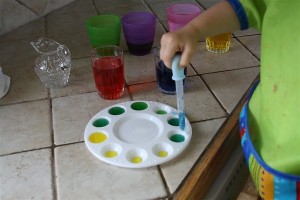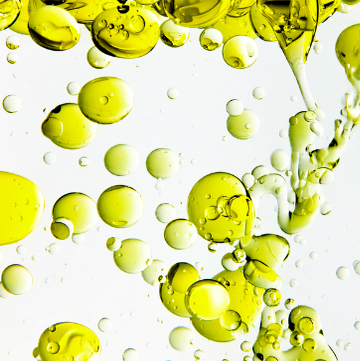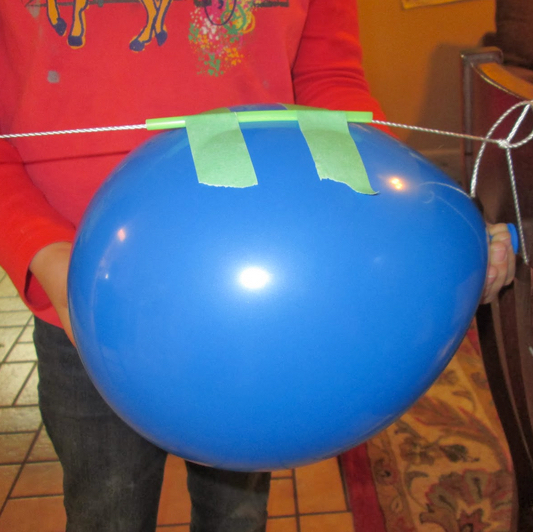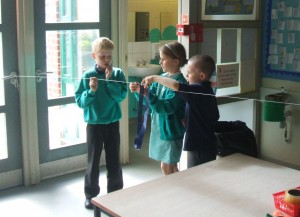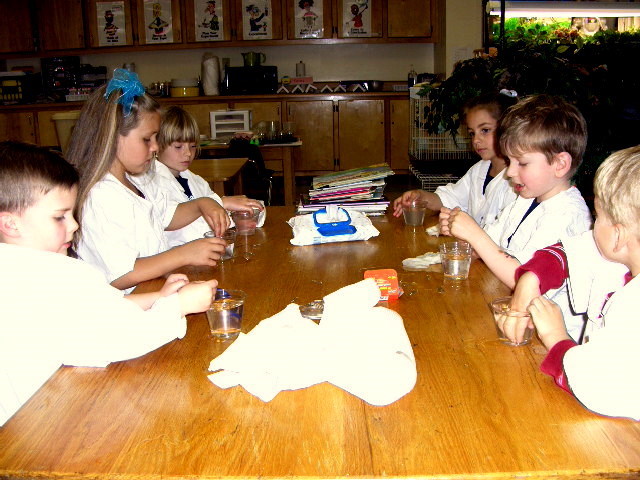 In an elementary school in a Boston suburb, a group of third graders enters a classroom after lunch. The teacher is loading a DVD into her laptop hooked up to a projector emerging from the ceiling. “What are we watching?’ asked one student as he sat down with a thud.
In an elementary school in a Boston suburb, a group of third graders enters a classroom after lunch. The teacher is loading a DVD into her laptop hooked up to a projector emerging from the ceiling. “What are we watching?’ asked one student as he sat down with a thud.
“It’s a Bill Nye video,” she responded. What happened next was remarkable; it was as if a part of their 8 year old brain had been triggered by an electrical probe and they immediately began chanting, “Bill Nye the Science Guy” in a familiar melody while moving their body to a non-existent house beat. Just days later, I heard that same familiar tune emanating as a ring tone from the cellphone of a good friend, except he’s 25. It turns out most people I know recall at least part of the theme song for, “Bill Nye The Science Guy,” and they aren’t afraid to sing it. The hugely popular children’s science show has not aired an original episode in, get this, almost 15 years. But the show, and perhaps even more so, the theme music, lives on. Take a listen:
Few shows have managed to have an epic theme song that stands the test of time; think Gilligan’s Island, The Brady Bunch, Friends. But if there was a Hall of Fame for theme songs, an almost certain inductee would be the theme to “Bill Nye The Science Guy.” So who wrote the music? Who’s voice chants, “Bill! Bill! Bill!” and how did a children’s science show end up with such a funky, off the wall theme? It turns out the man with the answers is a music writer, and former math teacher, named Mike Greene. He’s the guy who wrote and scored the theme into the conscience of young scientists around the world. I asked Mike when the last time was that he heard the theme. “It’s been months.” So we took a listen.
Bob: So, as you’re listening to the theme, what is going through your head?
Mike: [laughs] You know, I always liked that song. I still enjoy listening to it. It’s lucky that, in many ways, the song holds up because there are a lot of times that you do a theme song and the song, five or ten years later, sounds dated. Certainly you can tell that it wasn’t written today. But it’s not embarrassing. There was nobody who didn’t like Bill Nye the Science Guy. It’s one of those things that just kind of brings a smile to most people’s faces if I say, “Oh, yeah, I wrote the ‘Bill Nye the Science Guy’ theme.”
Bob: Let’s go back to 1992. When you get the call, what did they tell you they were looking for? What kind of guidance did you get?
Mike: The thing that they told me was they did not want it to sounds like a kid’s theme song. They didn’t want it to be safe, basically. They didn’t want to make it sound like stuff that’s already been done. They wanted it to be something that was adventurous and a little bit more daring than what a theme song, at that time, would be. It was much more common to have a song that would be like, [singing] ‘”Bill Nye’s gonna teach you some science.” Something that’s a little bit cheesier. They wanted to go as far away from cheesy or safe as they could get.
Bob: So how did you end up approaching the theme with that kind of guidance?
Mike: Well I’ve done tons of dance beats and bass lines. So, coming up with that was fairly easy. But you know what? Now that I think about it, the first thing I came up with, I think, might have been the main melody, [sings] “Bill Nye the Science Guy.” I started thinking of [the band] Oingo Boingo. I had that in my head. The melody sounds like something that Danny Elfman from “Oingo Boingo” would sing. The little twirl on the [sings] “Science Guy.” I thought that sounded kind of Oingo Boingo‑ish.
Later I thought what might be kind of cool would be a guitar part. Kinda rocky, but with a weird bizarre melody. So I started riffing on guitar until I came up with this one line and recorded it onto my sampler. A sampler lets you play recordings back on your keyboard, so whenever I hit that one key, it plays the guitar riff.
Bob: Who sings the theme?
Mike: [laughs] It’s actually me. I used my voice for the first demo to send to the producers, Jim and Erren. After they approved it, I hired singers because I wanted to make it better. I hired a guy to sing it who sounded pretty cool. He had like a rock‑and‑roll kind of voice, so it sounded pretty slick. Then as another option, I hired a girl to sing it to give it a bit more R&B kind of sound. Then I sent those versions to Jim and Erren, and they said, “Why have you got them on it? We want your voice. It’s funnier.” I thought, “My voice is funnier??? Good thing I’m not touchy about my singing!” [laughs] So we kept my voice on there.
The woman who says, “Science rules” and “Inertia is a property of matter” is a very talented actress and voiceover artist named Leslie Wilson. I was told at the time that Bill wanted to replace her with his voice, because he thought it was weird in the open that he was mouthing her words, but I guess everybody else liked it as is. Definitely sounds better with her voice.
Bob: So who is the voice behind the famous, “Bill, Bill, Bill”
Mike: Believe it or not, those are rappers. I can’t name them, because it was against their contract to do outside things without permission from their record company. It was kinda funny, because they were in my studio one day to record a song. I was working on the Nye theme as they walked in and I told them, “Hey, do me a favor and go in the booth and chant ‘Bill, Bill, Bill’ over and over again.” They had no idea what it was for, but they’re cool, so they did. It sounded great, so that’s the version we kept. The show didn’t air until a year later, so it wasn’t until then that they understood what this was really for.
Bob: Have you connected with Bill Nye and chatted about the theme at all?
Mike: We’ve had short little conversations about the theme. I run into Bill every once in a while because he lives in Studio City which is where I live as well. We run into each other about once every year, once every two years or so. There’s a funny video on YouTube of him, where I guess somebody in the audience asked him to sing the theme song or something like that. I can’t remember exactly what his response is but it’s kind of funny because he says, “Well, you know, that’s not me singing the theme song. You wouldn’t ask the stars of ‘Bonanza’ to sing the theme song of ‘Bonanza’.”
One time I flew up to Seattle for a couple of days to meet everybody and that’s the first time I met Bill. I remember one comment with Bill that I thought was pretty cool. He said, “All we want to do is change the world.” I must say, I think he succeeded.
BONUS AUDIO! – Turns out Bill Nye The Science Guy was translated into Chinese. Listen to the Chinese version of the theme song: Beer, Beer, Beer!

